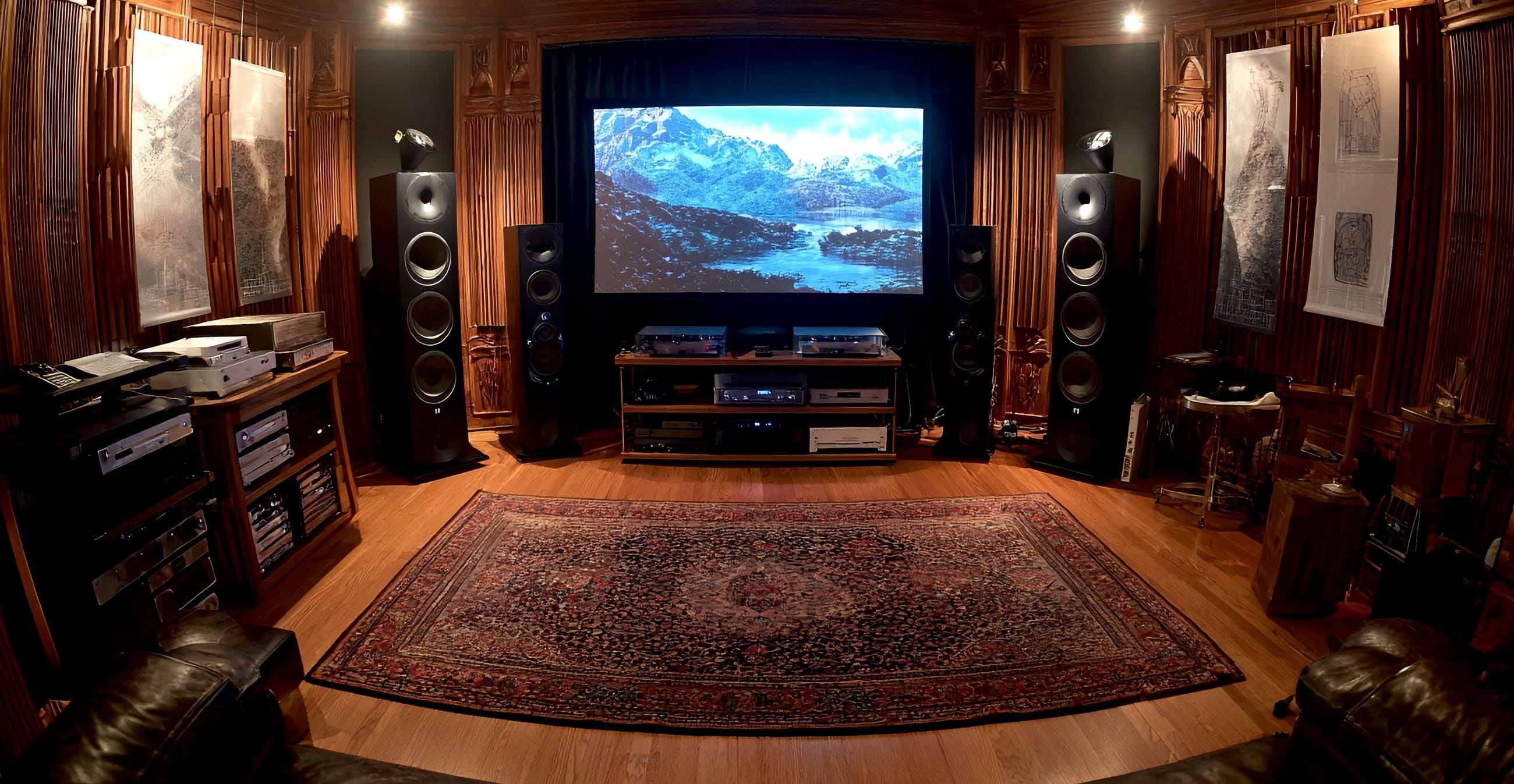A bustling Wall Street fell silent under panic, families crowded into makeshift shacks, and the world faced an economic collapse that stretched on relentlessly. The Great Depression of the 1930s was more than a financial crisis. It was a human tragedy that reshaped societies and challenged nations’ endurance. In this post, we’ll dissect its causes, trace its widespread effects, compare how countries responded, and explore why it persisted so long, until war brought a bittersweet end. Let’s begin.
The Spark and the Storm: What Triggered the Great Depression?
It started with a deafening crash. On October 29, 1929, known as Black Tuesday, the New York Stock Exchange collapsed, wiping out billions in wealth and crushing public trust. Yet this wasn’t a sudden fluke. Beneath the surface, an unsteady economy had been faltering for years. Overproduction in agriculture and industry swamped markets with unsold goods, while wild stock speculation inflated a fragile bubble.
Banking panics followed. Between 1930 and 1933, over 9,000 U.S. banks failed, erasing life savings. The Federal Reserve tightened money supply instead of intervening, and the gold standard locked governments into inflexible policies, stifling demand. This perfect storm turned a market plunge into a decade-long disaster.
A Cascade of Consequences: The Human and Economic Toll
The impact was staggering. By 1933, U.S. GDP had dropped 30%, and industrial output halved. Unemployment soared to 25%, leaving 15 million Americans jobless. Breadlines grew endless, and “Hoovervilles,” shantytowns mocking a helpless government, sprang up nationwide. Families lost homes, children starved, and hope dwindled.
Globally, the effects rippled outward. Trade crumbled as nations hiked tariffs, like the U.S. Smoot-Hawley Act of 1930, strangling export-driven economies. Deflation spiraled, prices fell, and debts grew unbearable. Social unrest brewed as desperation overtook prosperity.
Around the World: How Nations Confronted the Crisis
The Depression varied by region. Britain, weakened from World War I, saw industrial output fall by a third, though recovery started by 1934. France felt the hit later in 1931, then endured a long decline. Germany, burdened by reparations, faced 33% unemployment, paving the way for the Nazi Party’s ascent.
Japan’s deflationary measures prolonged its struggle, while Sweden’s self-reliance cushioned the blow. In the U.S., Roosevelt’s New Deal sparked hope through public works and reforms, though full recovery lagged. Each nation’s approach shaped its outcome, exposing both the potential and the limits of policy in a global meltdown.
Why So Long? The Duration and the War Factor
The Great Depression lingered nearly a decade. In the U.S., the worst subsided by 1933, yet unemployment stayed above 10% until 1941. Why? Flawed policies, like the Federal Reserve’s credit squeeze and global trade barriers, worsened the damage. Recovery faltered, with brief gains erased by setbacks.
World War II shifted the tide. By 1939, war production revived factories. By 1942, U.S. unemployment plunged as millions joined the workforce or military. Worldwide, wartime demand snapped the Depression’s hold, but at a steep price. Millions died to resolve an economic crisis. War became both ruin and remedy.
Echoes of Wisdom: Lessons for Today
What does the Great Depression reveal? It exposes the fragility of our systems, showing how greed, inertia, and isolation can magnify collapse. It warns that economies are human-made, not unbreakable. Cooperation, not rivalry, lifts us from ruin, as the 1930s’ isolationism proved costly.
It also challenges our values. Should we pursue endless growth or prioritize stability? Facing today’s crises, such as pandemics, climate change, and inequality, the 1930s offer not just a tale but a roadmap. Will we heed it?






